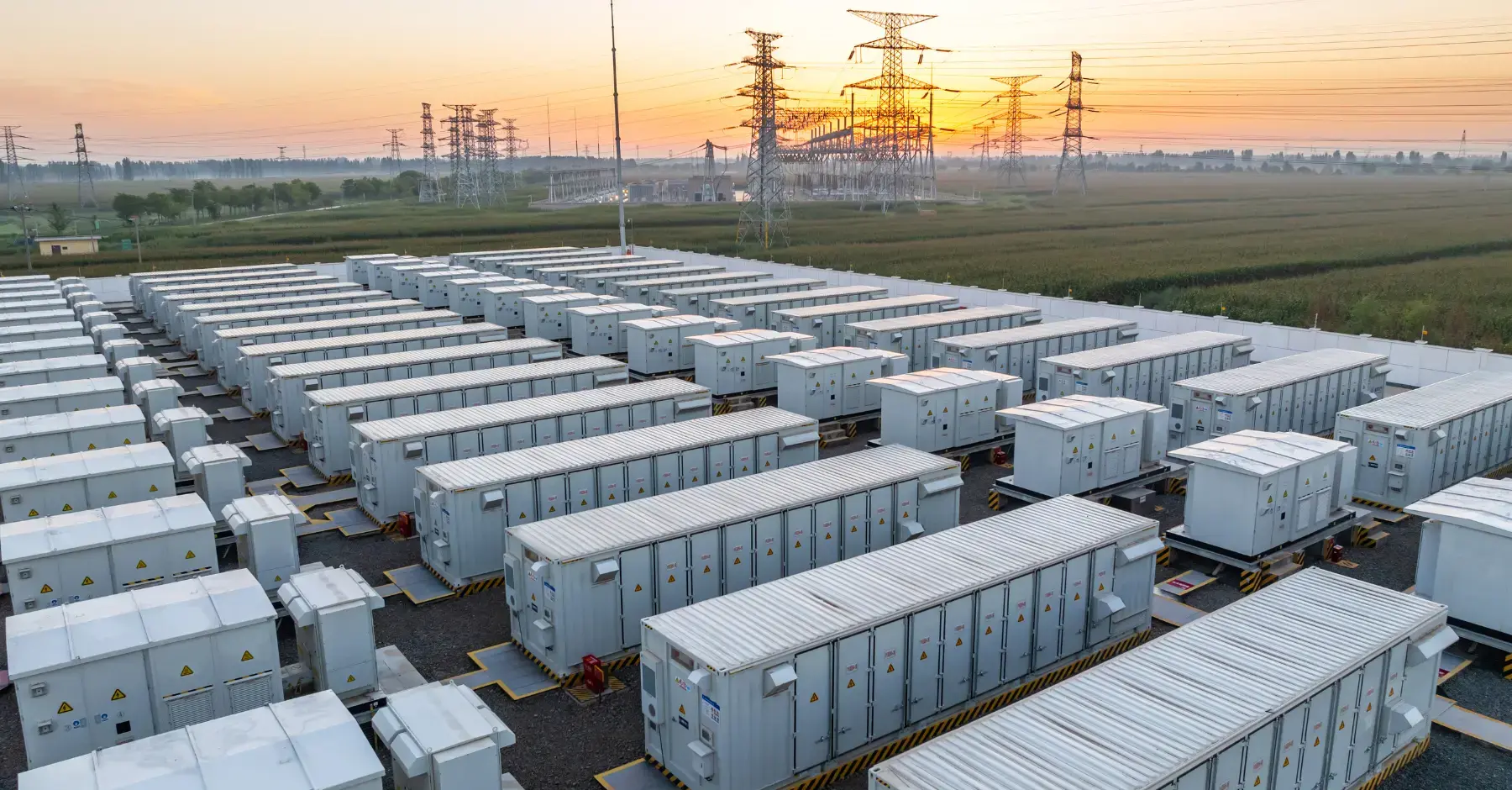During the overnight hours of June 12 and 13, Israel conducted the first of several air strikes against targets in Iran. Over the hours and days that followed, multiple counterattacks occurred, awakening the world to the real possibility of an escalating conflict in the Middle East. This article is a brief summary of the reaction of associated energy markets after the opening days of the Israel–Iran conflict.
Oil is top of mind for many given Iran’s place in Organization of the Petroleum Exporting Countries (OPEC). Over the past three years, Iran has increased its exports from about 0.9 million barrels per day in 2022 to about 1.5 million barrels per day in 2024. That might sound like a significant amount of oil, but global demand in 2024 was around 104 million barrels per day (bpd), which means that Iran's exports made up less than 2% of total global oil. That said, the oil market was already likely oversold on the OPEC production increase news of the last few weeks, so anything looking to reduce supply might be a good enough reason to bid up a market.
Figure 1 shows that on June 10, the August delivery contract for West Texas Intermediate (WTI) was trading just under $64/barrel, and by Friday afternoon, June 13, it had climbed up to $71.30. That week saw a continuation of increased daily price volatility, but by Friday afternoon, June 20, WTI was just under $74, a weekly increase of about $10/barrel or 16 percent. Wholesale gasoline prices in the US also climbed by about 13 percent week over week.
 Figure 1: NYMEX Crude Oil Futures, from CME Group
Figure 1: NYMEX Crude Oil Futures, from CME Group
The wholesale price of natural gas at the main US trading hub (Henry Hub in Erath, Louisiana) took a little longer to respond bullishly to the news, but by June 15, Sunday afternoon, it too found good reason to rally.
While some may think of crude oil as a global commodity and natural gas as a domestic commodity, the large increase in Liquified Natural Gas (LNG) exports from the US and growing demand in Europe and Asia make that less and less relevant in today’s market. Figure 2 shows that the US is now the largest global exporter of LNG, exporting on average about 13 billion cubic feet (Bcf) per day in 2024, up over 15 Bcf/day in 2025. The next largest exporters are Qatar and Australia, which produce approximately 10.5 Bcf/day.
 Figure 2: Monthly LNG exports, from U.S. Energy Information Administration
Figure 2: Monthly LNG exports, from U.S. Energy Information Administration
The reason natural gas prices in Louisiana jumped this week is due to Qatar’s location in the middle of the Persian Gulf, and the 10.5 Bcf/day, or three average-sized LNG tankers per week, that would need to transit the Strait of Hormuz, as shown in Figure 3. If traffic through the Strait is restricted, it would put significant upward pressure on international LNG prices, along with increased demand for US LNG exports. This same fear of supply disruptions in the Persian Gulf was likely just as significant a driver of oil price increases, due to the potential reduction of crude oil supply from Iran. The natural gas market simply took a couple of extra days to respond.
 Figure 3: Map of the Persian Gulf, from www.nationsonline.org
Figure 3: Map of the Persian Gulf, from www.nationsonline.org
Given the potential for higher demand for US natural gas, futures prices for the balance of 2025 increased from $3.84 on June 12 to $4.27 on June 18, as shown in Figure 4 below. Perhaps more surprising was the increase across the rest of the forward curve. While calendar year 2026 increased by about 20¢ to approximately $4.50/MMBtu week-over-week, the outer years of 2027 through 2030 rallied by at least 10¢, pushing most of the LNG forward months up to their 12-month trading highs, as shown in Figure 5 below.
 Figure 4: NYMEX Henry Hub Natural Gas Futures for July 2024-June 2025, from 5
Figure 4: NYMEX Henry Hub Natural Gas Futures for July 2024-June 2025, from 5
 Figure 5: NYMEX Henry Hub Natural Gas Trading Range for 2026-2031, from 5
Figure 5: NYMEX Henry Hub Natural Gas Trading Range for 2026-2031, from 5
On Monday, June 24, it appeared that energy markets were already aware of the news of the ceasefire agreement. Around 12:30 PM ET, crude oil prices began to decline, and by the close of Tuesday’s trading session, WTI had fallen by roughly $13 per barrel, from Sunday night’s opening price of $78 to $65, just $1 above the June 10 level. Natural gas followed a similar trajectory, with July delivery prices falling back to nearly identical levels as those on June 10.
The market’s heightened volatility reflects the uncertainty of recent geopolitical developments. While energy prices have rebounded somewhat, they remain fragile, much like the ceasefire itself. A resumption of hostilities could quickly push crude and natural gas prices higher. In the meantime, markets appear to have shifted back to where they were before June 11, focusing on underlying fundamentals: strong summer demand for natural gas, OPEC production quotas and compliance issues, and weakening global economic signals that are bearish to oil prices. Of course, all of this could quickly change if this fragile ceasefire does not hold.


